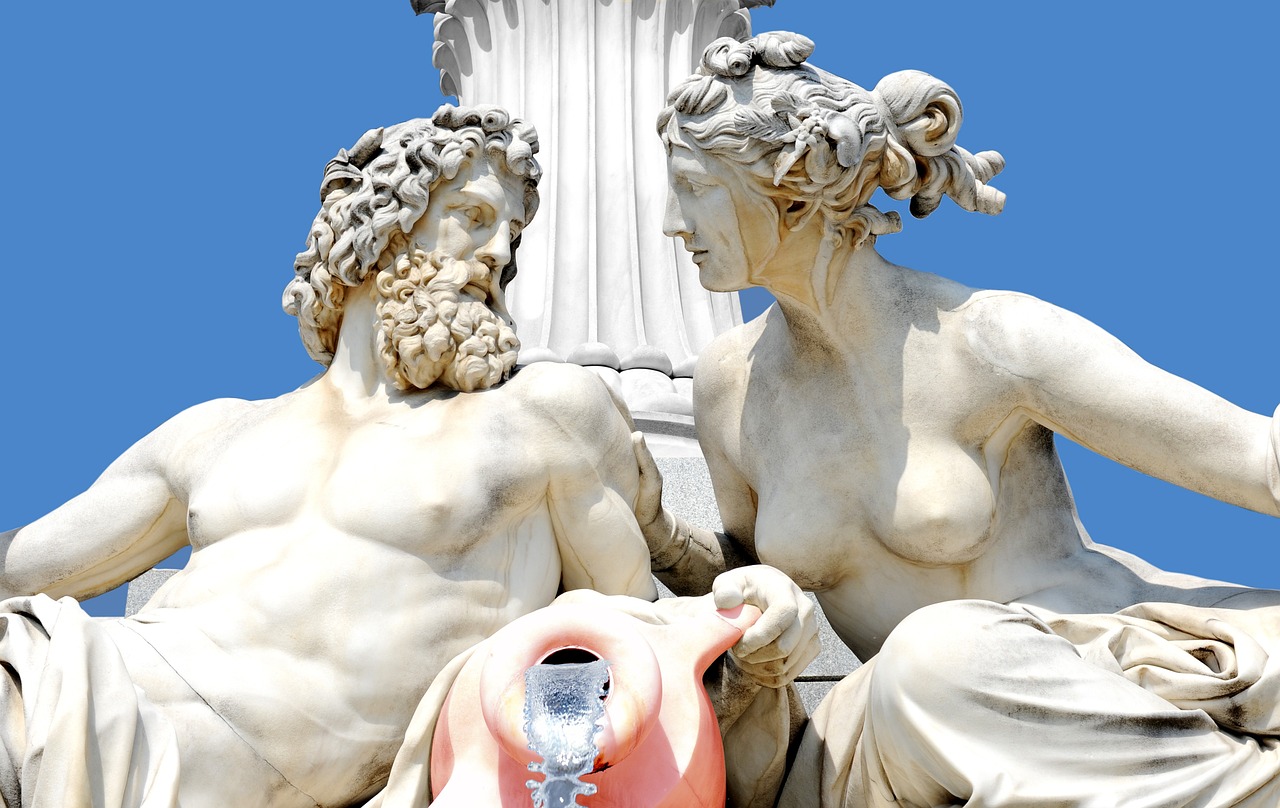Greek mythology represents a complex body of narratives surrounding gods, heroes, and rituals integral to ancient Greek culture and classical antiquity. While some critical thinkers, such as Plato in the 5th–4th centuries BCE, acknowledged that these myths included significant fictional elements, the general populace tended to view them as factual accounts. This mythology has profoundly influenced Western art and literature, remaining a wellspring of imaginative inspiration.
Origins and Sources of Myths
The tales within Greek mythology, while distinct to the Greeks, share similarities with mythologies worldwide. These narratives often aim to elucidate natural phenomena, recount divine or heroic exploits, and rationalize societal norms. The Greek myths, however, stand out as particularly rich sources for thematic exploration, inspiring countless poets and artists through the ages.
Much of our understanding of Greek mythology derives from critical literary and archaeological sources. Central among these are the epic poems attributed to Homer—the “Iliad” and the “Odyssey”. According to the historian Herodotus, these texts shaped the public’s perception of the Olympian gods. In the opening of the “Iliad”, for example, names such as Apollo (a son of Zeus and Leto) were well known to Greek audiences. It’s important to recognize that the Greeks did not consume these narratives merely for entertainment; figures like Pindar and later Stoic philosophers regarded them with grave respect, often editing or interpreting myths allegorically.
Hesiod’s Contributions
Another foundational figure is Hesiod, whose work “Theogony” (approximately 700 BCE) offers a comprehensive account of the origin of the gods. It details lineages and mythological tales while also presenting moral insights. His other work, “Works and Days”, complements this by providing a practical agrarian calendar intertwined with reflections on justice and ethical living. Some scholars propose viewing these two texts as a cohesive unit, where “Theogony” identifies the divine entities, and “Works and Days” imparts wisdom on human conduct and success.
Other Significant Texts
Post-Homeric literature expands upon these foundational myths, including epic fragments recounting the Trojan War and the Homeric Hymns, which encapsulate vital religious narratives. Lyric poets also contributed, with Pindar’s odes illustrating numerous myths and legends. The classical tragedies penned by Aeschylus, Sophocles, and Euripides were pivotal, showcasing diverse mythological traditions and their moral undertones.
During the Hellenistic period (323–30 BCE), notable scholars such as Callimachus and Euhemerus emerged. Callimachus cataloged lesser-known myths, while Euhemerus suggested that the deities were once human figures, a concept that later influenced interpretations of mythology. Apollonius of Rhodes recorded the myth of the Argonauts, further enriching the mythic landscape.
Archaeological Insights
Archaeological discoveries have significantly impacted our understanding of Greek mythology and ancient rituals. The unearthing of the Mycenaean civilization by Heinrich Schliemann in the 19th century, alongside Sir Arthur Evans’s discovery of the Minoan civilization in Crete in the 20th century, provided crucial insights into early mythic thought. Artifacts from Minoan and Mycenaean cultures (circa 2200–1450 BCE and 1600–1200 BCE respectively) offer glimpses into the narratives and rituals that informed their societies.
Artifacts, such as pottery from the 8th century BCE, often depict mythological scenes, including those from the Trojan War and the labors of Heracles. However, the lack of accompanying inscriptions presents challenges for scholarly interpretation. The subsequent Archaic (c. 750–c. 500 BCE), Classical (c. 480–323 BCE), and Hellenistic periods, meanwhile, saw an increase in mythological depictions that align with existing literary evidence.
In summary, Greek mythology constitutes a vital aspect of ancient Greek culture, exemplified through its profound literary legacy and diverse sources. This enduring mythic tradition continues to inspire contemporary interpretations and artistic expressions.



